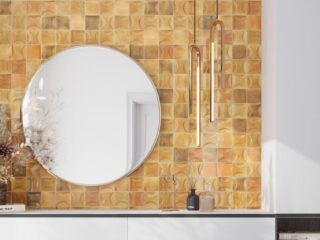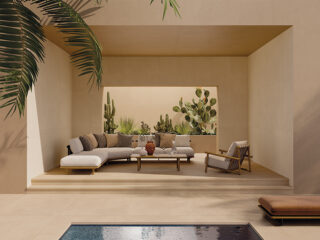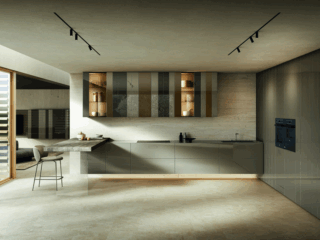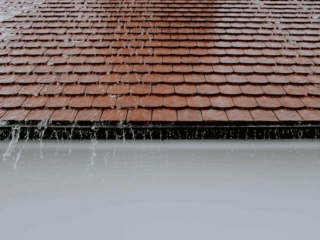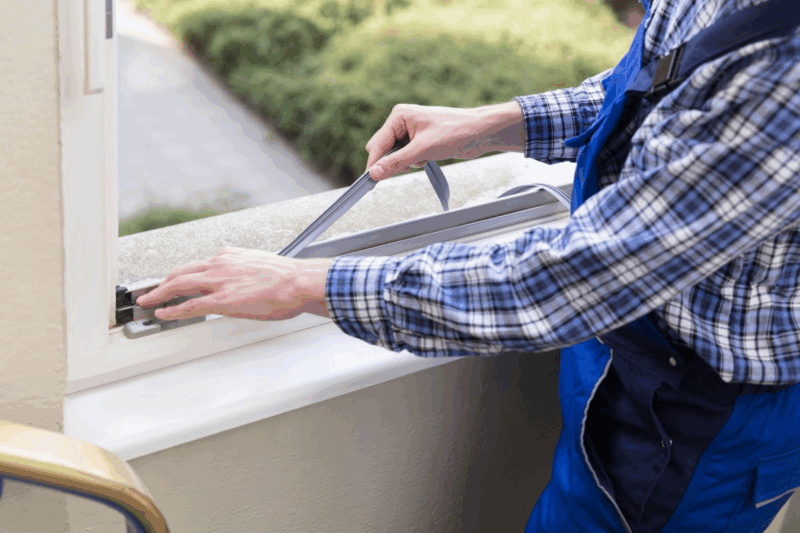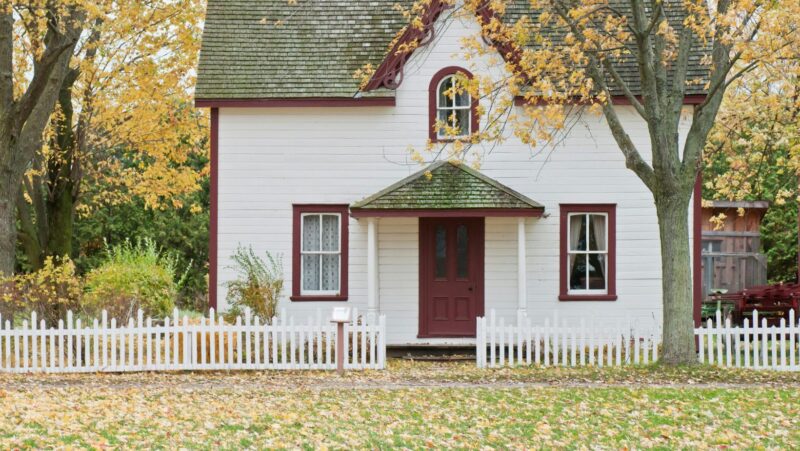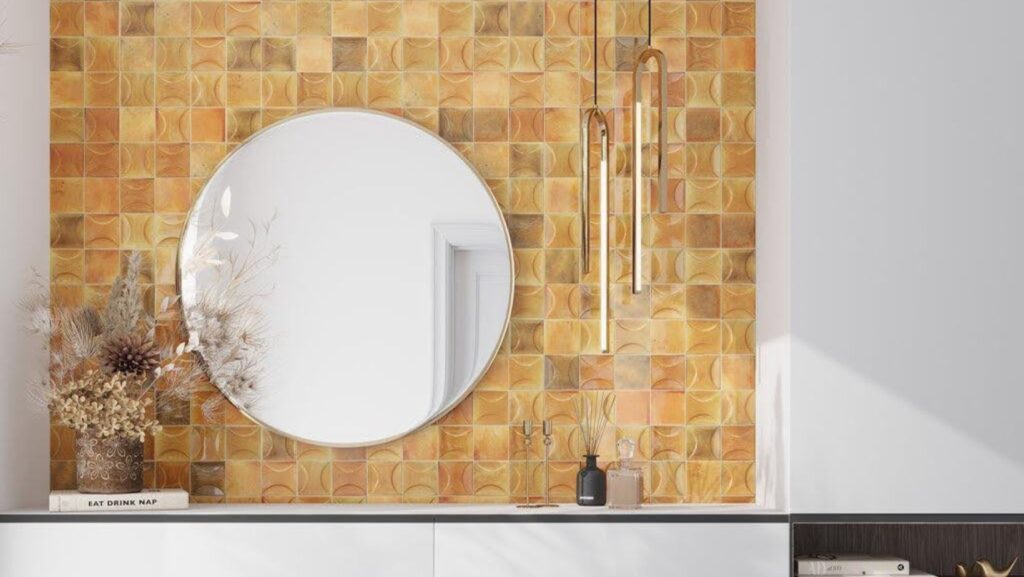
As you walk into a space, it is easy to understand that what catches your attention is the furniture, lighting, or design. What really sticks with you are the little things, like the patterned tile backsplash, a pop of color in the corner, or a wall with a beautiful texture. These are the things that give a space warmth, personality, and life. One of the greatest methods for adding that kind of soul to your home is to choose tiles that have a history behind them, and that’s just what you get with a Handcrafted Moroccan tile collection.
In this piece, we will explore how to use handcrafted Moroccan tile collection in your home and a few practical tips for getting the most out of their unique beauty. Whether you’re redoing your bathroom, refreshing a kitchen backsplash, or adding personality to a quiet reading nook, Moroccan tiles can make a simple space feel unforgettable.
The Story Behind Moroccan Tiles
Moroccan tiles are not just decoration; they are the result of centuries of tradition and craftsmanship. Berber, Andalusian, Arab, and Moorish influences have made their presence felt in these tiles, which tell us about the region’s huge fondness for geometry, symmetry, and color. Early craftsmen used plaster and mosaic prior to the use of ceramics and glazed tiles, creating patterns that were both beautiful and functional.
What distinguishes Moroccan tiles is how different each one is. You will notice subtle variations in color, texture, or form, soft waves, rounded edges, or imperfect glaze. Those are not defects; they are the mark of the human hand at work. Every tile carries the character of the artisan. When you bring a Handcrafted Moroccan tile collection into your environment, you are not just bringing pattern; you are bringing life and story.
Why Moroccan Tiles?
You may wonder, “Why not just use a plain subway tile?” The reason is that Moroccan tiles add depth and character. Here are other reasons why this tile should be your go-to!
- Character and Texture: Moroccan tiles have a richness that reflects light differently each day. The change in glaze and tone provides your area with depth and variation that factory-produced tiles cannot provide.
- Cultural Soul: They establish an instant feeling of journey and storytelling, connecting your residence to centuries of art and craft.
- Versatility: Moroccan tiles are not limited to bold designs. They can be subtle and understated when paired with neutral hues, or they can be the stars of the show with richer colors and patterns; it is really your call and how you use them.
- Durability: Handmade tiles tend to be crafted of superior ceramic and porcelain material, and they are durable enough for application in kitchens, bathrooms, and even outside spaces.
The Craftsmanship That Defines Them

A true Moroccan tile collection is marked by quality, authenticity, and attention to detail. When shopping for tiles, here’s what to look for:
- Material & Durability: Most handmade tiles are porcelain or ceramic. Making them suitable for high-traffic or wet areas.
- Glaze & Finish: Gloss finishes add brightness and a touch of shine, while matte finishes add a natural, earthy feel.
- Color Variation: Because they are hand-glazed, expect subtle color variations, which add depth and movement.
- Shape & Edges: Moroccan tiles tend to be in peculiar shapes such as stars, crosses, or arabesques. The edges of Moroccan tiles may not be perfectly straight, which renders them appealing, but at the same time impacts the appearance of grout lines, so it is crucial to plan the layout properly.
Good tile suppliers, like Apollo Tile, let you buy samples so that you can see how the tiles will look in your specific area and lighting environment before making a final decision. When a business demonstrates this level of attention to detail and thoughtfulness, it’s an excellent sign that you are choosing genuine craftsmanship.
Design Concepts for Any Room
You do not have to use this tile everywhere in your home in order to enjoy it. Even minor details can create a dramatic impact. Here are a few examples:
- Kitchen Backsplash
If your kitchen is too boring, introduce a stripe of Moroccan tiles on the back of the stove or sink for an amazing focal point. Or go all out with Moroccan tile from countertop to ceiling with large, dramatic geometric shapes.
- Bathroom Walls
Use Moroccan tiles on bathroom walls, floors, or accent niches to make a spa retreat. Their texture is not only stunning but also offers traction to walk on. You can even mix patterned tiles with plain ones to even things out.
- Fireplace Surrounds
Redo your fireplace surround with Moroccan tiles. Their patterns are striking and establish function in the room. Use them with plain plastered walls or rough wood for a cozy, lived-in feel.
- Stair Risers & Flooring
Tiling your stair risers is a subtle but creative way of introducing color and pattern to a room. Similarly, a tile border on a neutral floor adds elegance and restraint to a room.
- Outdoor Spaces
If you have a veranda or patio, Moroccan tiles can add the touch of the Mediterranean. Just be sure to make them outdoor-rated to handle moisture and temperature changes.
Handmade Tile Installation Tips
Since Moroccan tiles are hand-made, they need a bit more care in installation, but because of their beauty, this makes them worth it.
- Plan the Layout: Dry lay the tiles on the floor before attaching adhesive to determine how the pattern and color shifts progress.
- Use Flexible Mortar: Owing to differences in size, handmade tiles may have a flexible thinset mortar causes them to lay level.
- Grout with Care: Leave narrow grout joints (1/8″ to 3/16″) so that they can hold the natural imperfections of the handmade tiles. Select a color of grout that will blend and not create a harsh contrast.
- Gentle Cleaning: Use a soft broom to sweep floors frequently to remove any debris and dirt. Use a soft mop or soft cloth dampened in a solution of warm water and mild tile cleaner to wipe off any stains on floors or walls.
- Keep Spares: Make sure to order a few extra tiles (about 10%) in case you will need them as spares down the line; colors can vary from batch to batch.
Conclusion
Choosing Moroccan tiles is not just about looks; it is a sense of appreciation for artisanship and heritage. When you bring Moroccan tiles into your existence, you’re not just decorating, you’re honoring a legacy of creativity, patience, and human touch. And that’s what truly makes a house come alive. With the right balance of color, pattern, and design, you can build a house that’s grounded but elevated. A Moroccan tile set gives you more than a beautiful face; it gives you a story.

